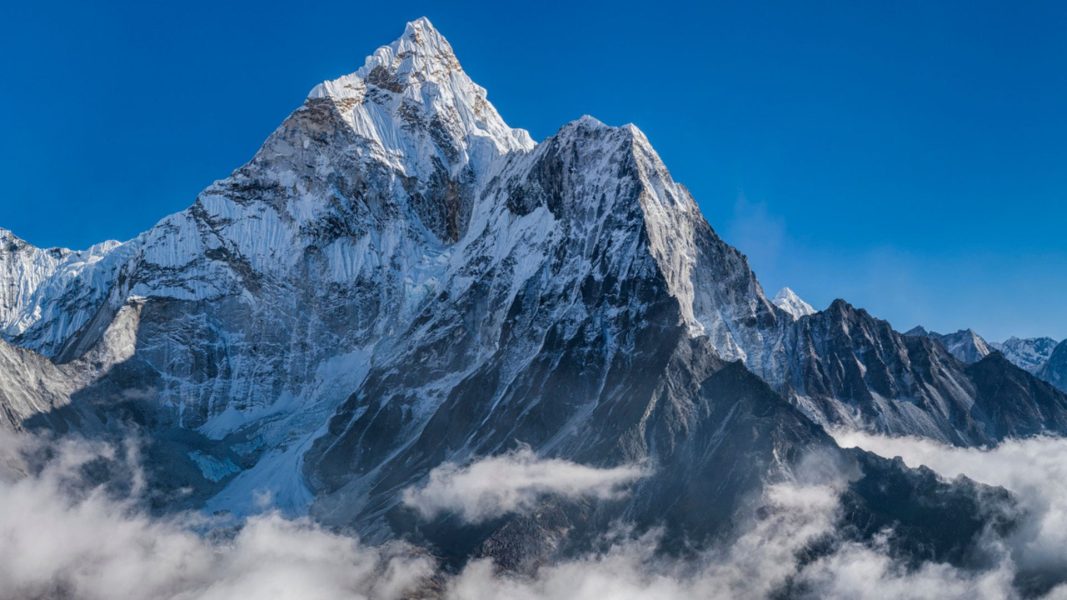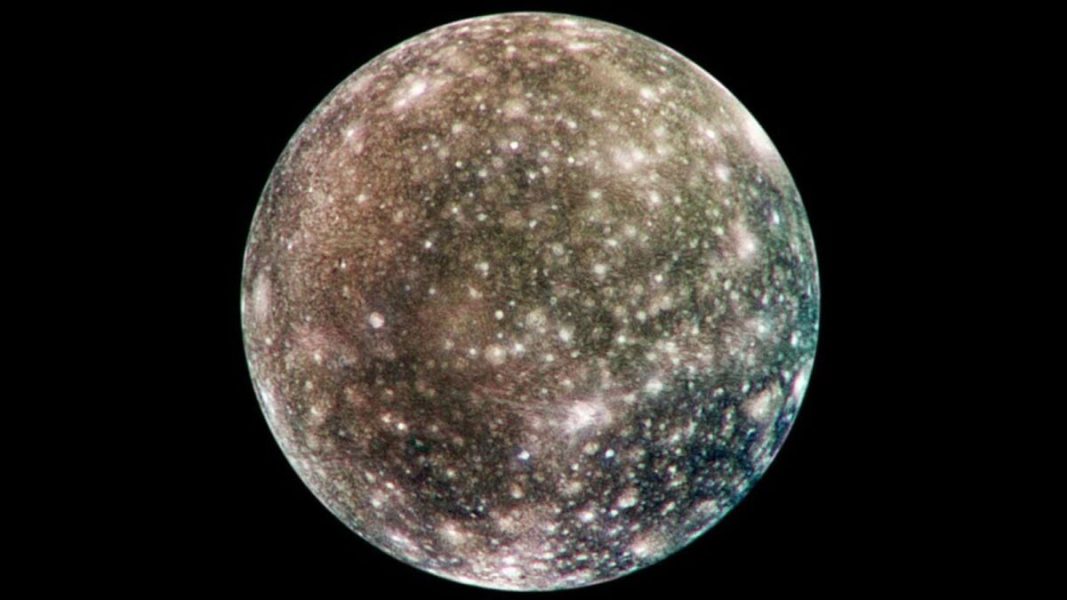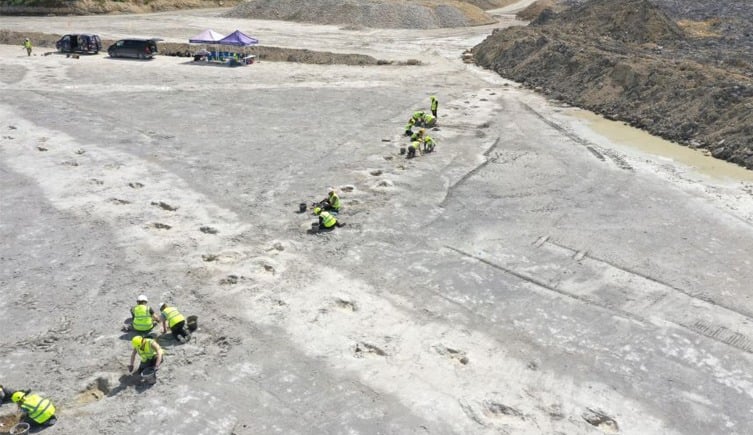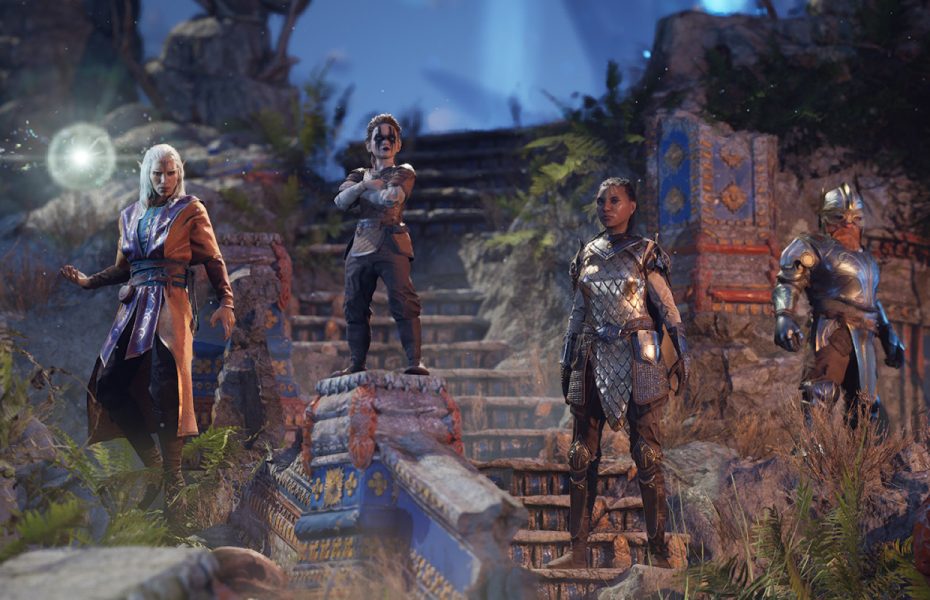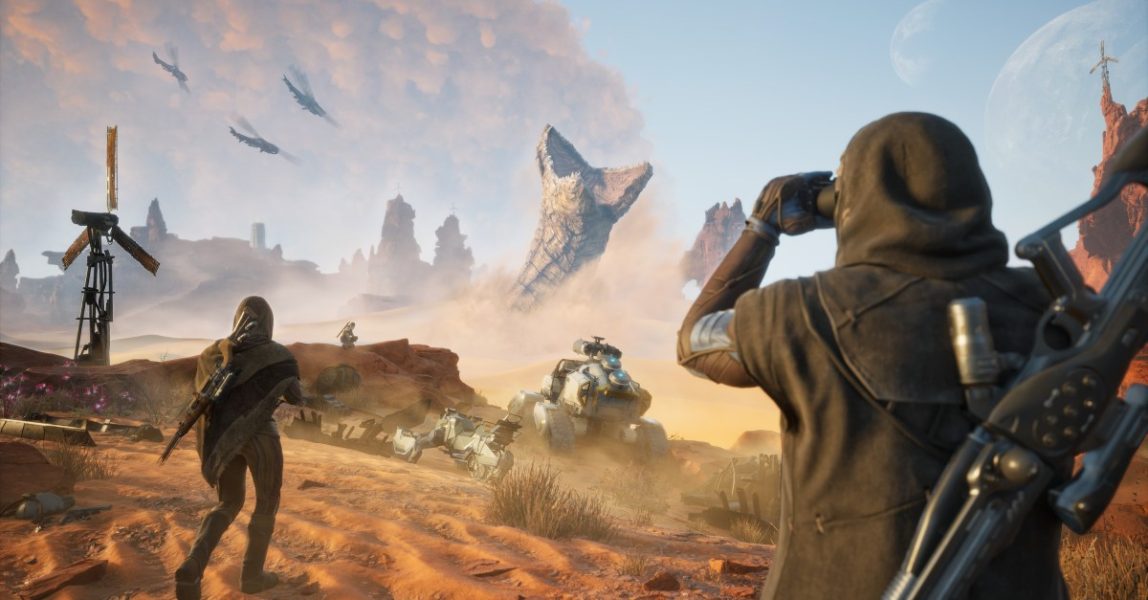Backyard Photographer Captures Stunningly Clear Photo of Andromeda Galaxy – PetaPixel
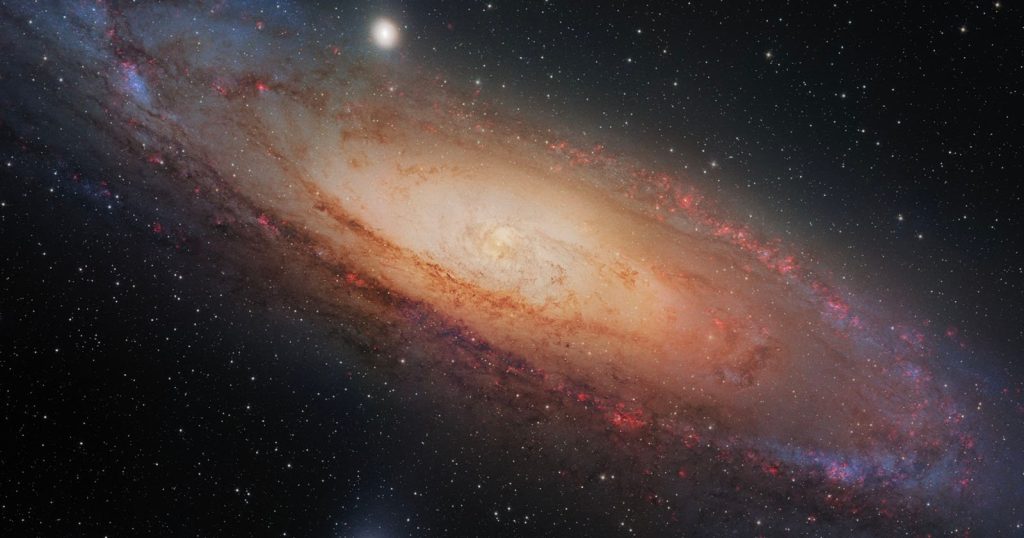
Capturing high-resolution images of celestial objects outside of the Milky Way is usually the preserve of space telescopes such as Hubble or James Webb. But backyard astrophotographer Andrew McCarthy has broken that mold by capturing a 400-megapixel image of the Andromeda Galaxy. McCarthy tells PetaPixel he used two 12-inch telescopes to capture Andromeda which despite being the Milky Way Galaxy’s nearest neighbor is still 2.5 million light years away meaning the galaxy we see in his photo is as it was 2.5 million years ago — before modern humans even existed. “It is my most detailed photo of an object beyond our own galaxy,” McCarthy explains. “It’s so clear I can resolve individual stars from it — something not usually possible with objects beyond our galaxy.”McCarthy says that while his image isn’t as high-resolution as ones taken by Hubble, it contains more color depth and contrast. “The reason for this is while I was shooting in broadband with one telescope, I had a second shooting in narrowband to isolate specific nebulae emissions. For that reason, this photo shows a lot of details not ordinarily visible, such as that swirl of dust in the center.” McCarthy says he has captured photos of Andromeda — also known as M31 — before but says his previous attempts lost detail when the picture was blown up. So, his mission was to capture an image of a galaxy that competes with his Moon photos for clarity and to make the “ultimate Andromeda poster.” “To get this shot, I set up a 12-inch telescope in a remote location in central Texas, far from light pollution,” he explains. “The telescope worked for about three months shooting around the phases of the Moon when skies were darkest, and when the galaxy was highest in the sky for maximum clarity. This was done through a series of zoomed in photos, where the galaxy was captured one small piece at a time.”As well as the remote telescope in Texas, McCarthy also deployed a second 12-inch telescope from his home in Arizona where he used special filters to isolate the nebula emissions in the galaxy.“This data was incorporated into the final shot to increase the contrast in the red star-forming regions, and draw out the magnificent central spiral that surrounds the supermassive black hole in the galaxy’s center,” he adds. The final image — which he titles The Sky Looks Back — is a photo made up of 15 panels with each panel averaging an exposure time of 12 hours consisting of many hundreds of individual photos. “While shooting took place over a period of about three months, I spent another two months just learning how to put all the data together, as this was the most complex photo I’ve ever taken,” McCarthy, who has undertaken countless complex astrophotography projects before, says. “Each photo had to be calibrated, aligned, stacked, integrated, meticulously color balanced, and then stitched together seamlessly to make the final product. For comparison, my intricate Moon photos of a similar resolution I can shoot in 30 minutes and usually finish assembling within a day or two.” McCarthy is so pleased with the result that he had a 75-inch print made of it for his office and viewers can zoom in on specific details within M31 via a free 4K download here. You can view the full-resolution image here and if you would like to buy a print you can do so here. More of McCarthy’s work can be found on his Instagram, X, Facebook, and website. Image credits: All photos by Andrew McCarthy.Become a PetaPixel Member and access our content ad-free.© 2025 PetaPixel Inc. All rights reserved.
